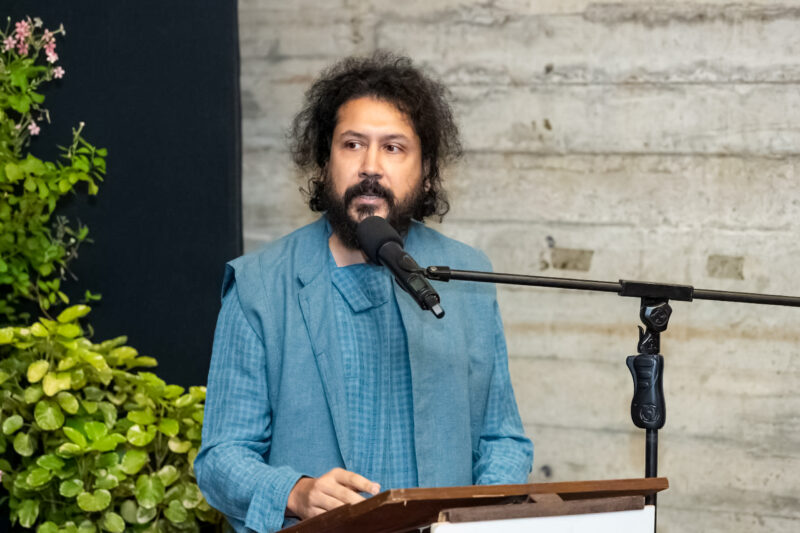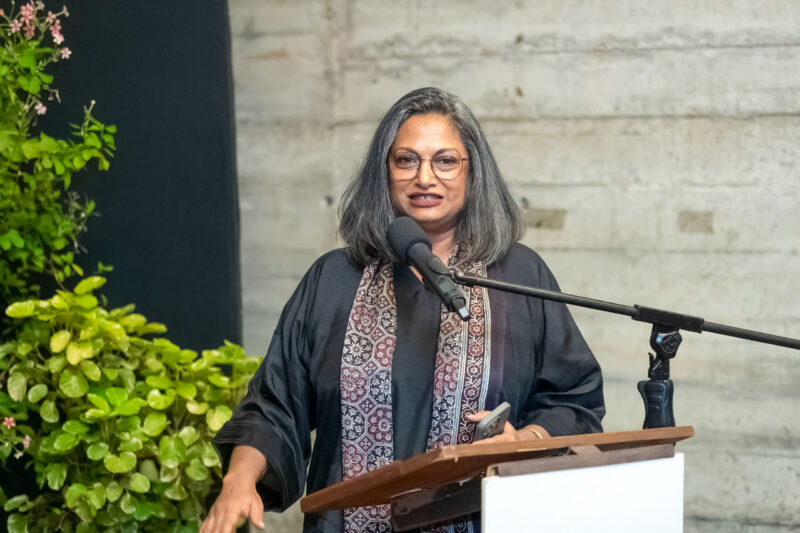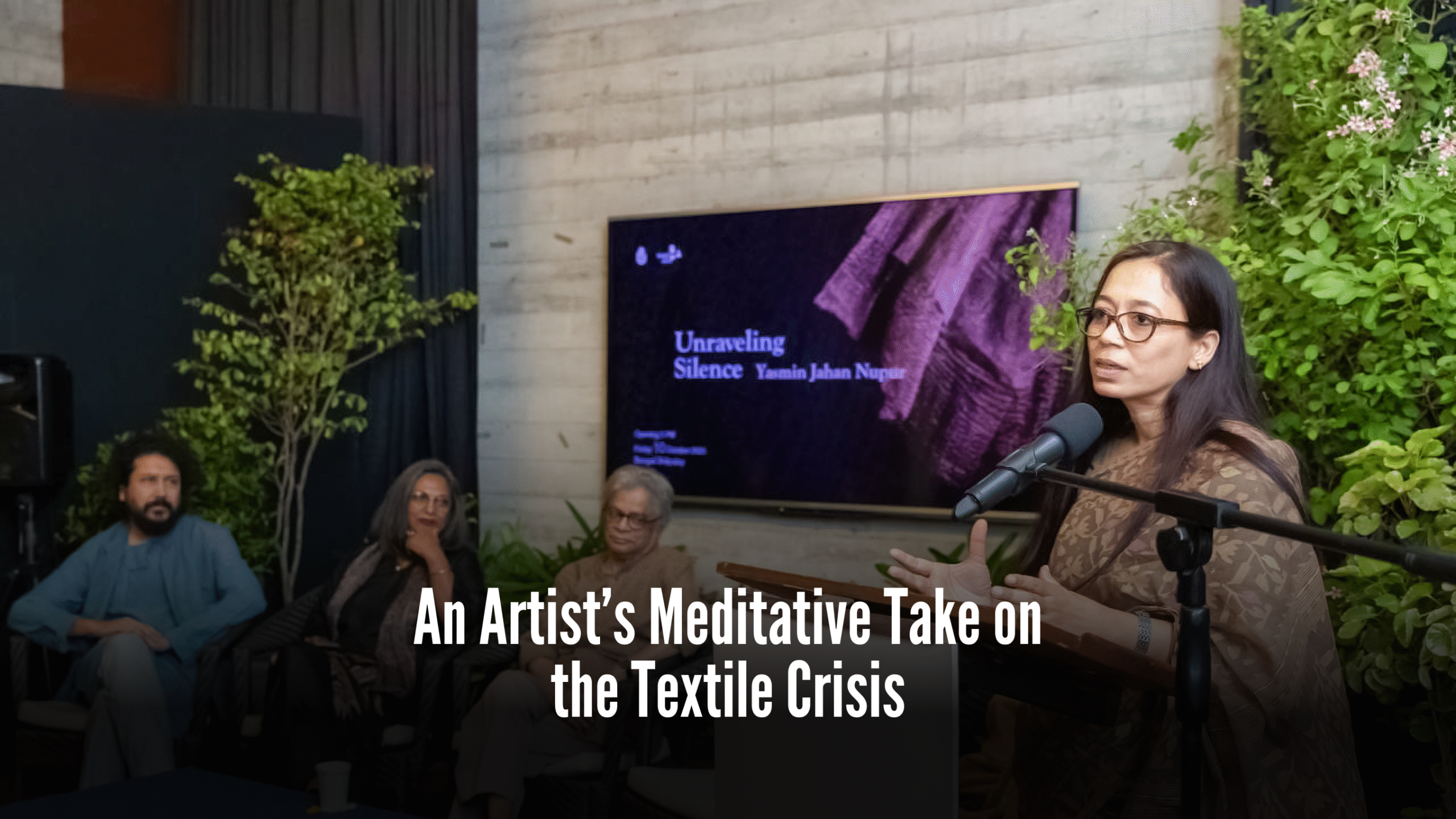
On 10th October, Bengal Shilpalay’s Quamrul Hassan Hall made room for Yasmin Jahan Nupur’s solo exhibition to breathe in silence. Silence that carries the weight of unspoken resistance, forged over decades. Each corner is equipped with different kinds of soft sculptures and artworks, woven and drawn with bare hands. These sculptures will urge you to zoom in, squint, and at times, resist touching and feeling their texture.
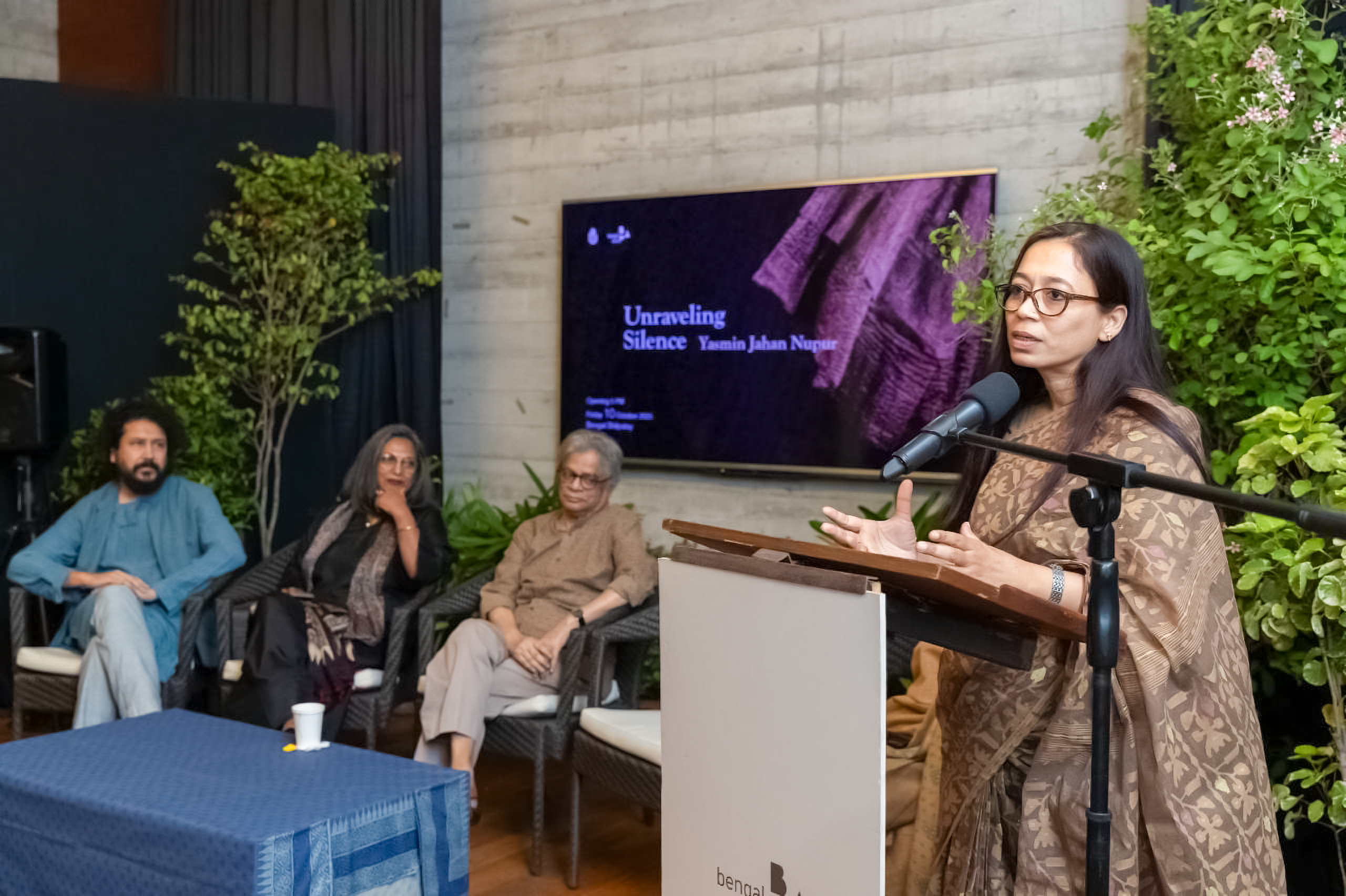
The space is surrounded by a variety of installations, including tapestry, jamdani woven in a grid-like matrix, a golden net made of zari threads, Bangla phrases stitched in muslin fabric, and hand-drawn textures and patterns.
The sculptures, made from gentle materials like thread and wool, celebrate their natural malleability and softness. Her meticulously executed works on paper using only pen and watercolor draw viewers into their quiet depths. In contrast, Nupur’s brass sculptures defy expectation, transforming rigid metal into forms that appear almost supple. As one takes a closer look, they can find the artist’s sheer brilliance of witty and powerful juxtaposition of delicate threads and robust objects.
One of the guests at the opening, globally famous architect Marina Tabassum, who won Aga Khan Award twice, reflected on the powerful presence of silence—describing it as an equally vital element in architecture, a space everyone strives to reach, yet few truly achieve in the process of creation. She observed that Nupur’s works embody that very quality, carrying a quiet strength despite being crafted from simple materials like strand and wool.
The softness of Nupur’s sculptures and the intricacies of her work, in fact, carry a more concrete and unsettling truth—illuminating the fading textile legacy of Bengal. Behind these delicate forms lie the stories of countless artisans unable to continue their craft, disrupted not only by economic pressures but also by colonial legacies and ecological changes.
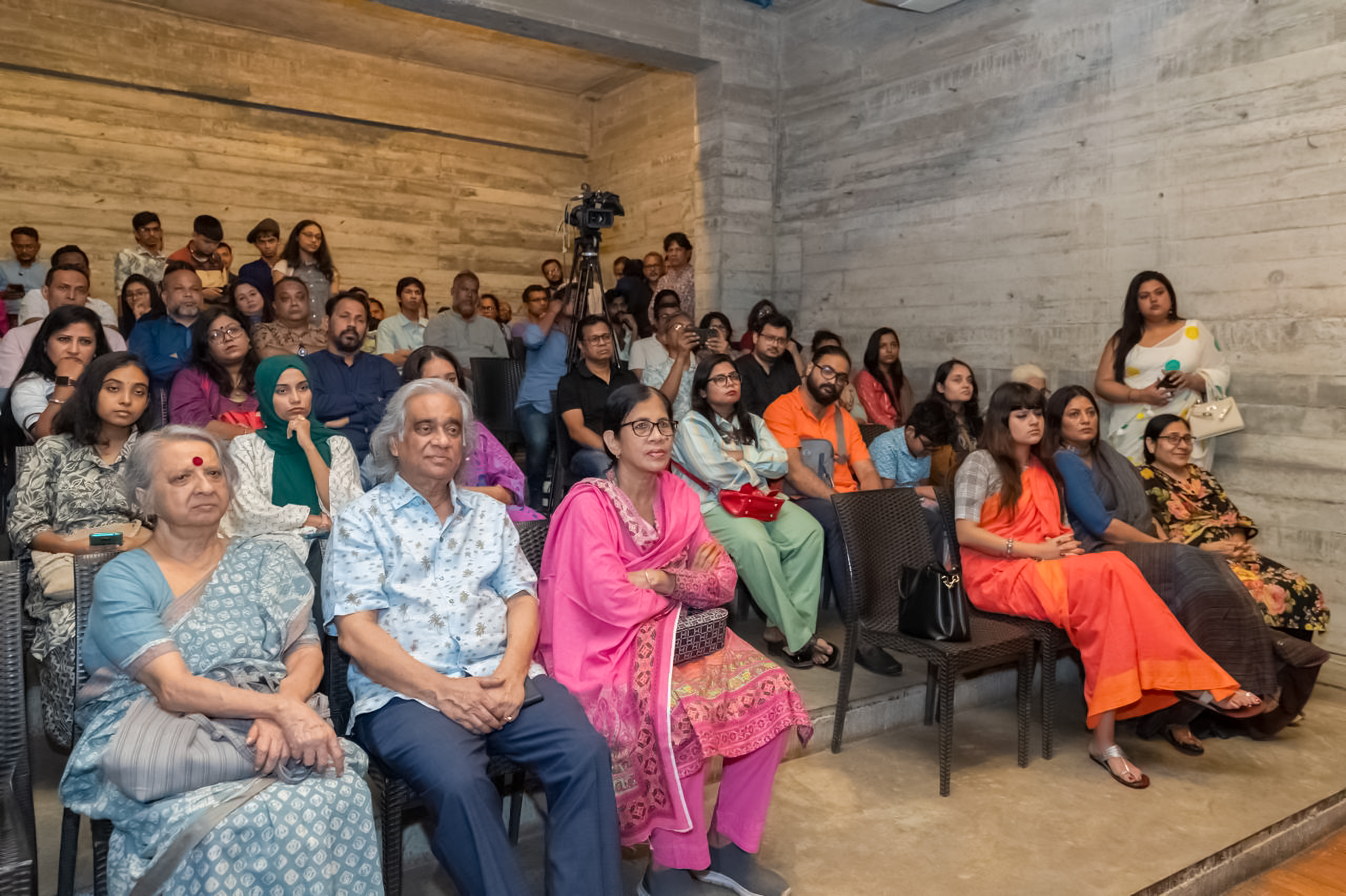
A powerful installation in the exhibition was a dazzling hanging burqa. While the traditional burqa symbolizes modesty and concealment, Nupur reimagined it as a three-dimensional form embroidered with gold and silver zari threads—not as a symbol of elegance, but as a testament to distressed endurance.
Nupur’s professor, Abul Monsur, recalls how her gentle demeanor during her time at the Fine Arts Institute, CU, fooled him into perceiving her as rather fragile. Her quiet resilience and unwavering devotion to her craft beneath that delicate surface only proved him wrong over time.
Yasmin Jahan Nupur not only hails a heavy portfolio of glorious works but also became a household name in the international galleries. This second solo exhibition is Nupur’s careful documentation and a commitment to preserving the vanishing heritage of Bangladesh’s textiles. As visitors walk through the gallery, they are compelled to stop, gaze, and ultimately begin to unravel the silences behind each piece. “Even though the voice may be muted or just a soft whisper (mridu shor), the visitors must take the time to truly listen,” quotes curator Tanzim Wahab.
“Unravelling Silence” is on view until November 22, every day from 4 to 8 PM, except Sundays, at Bengal Shilpalay.
Written by- Fariha Hossain



